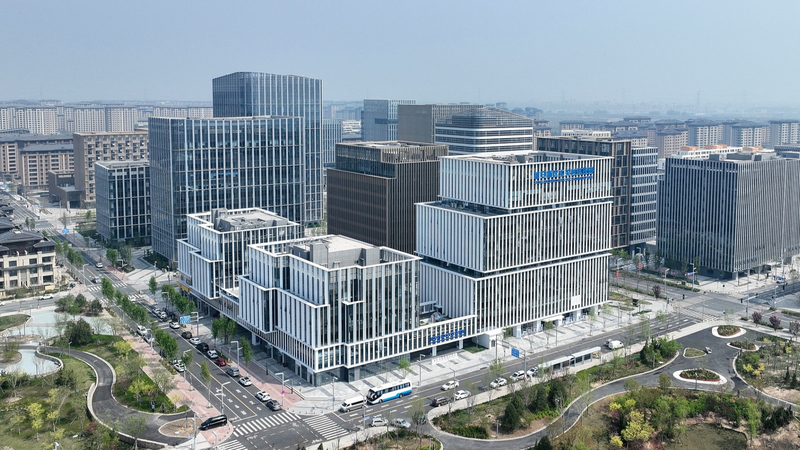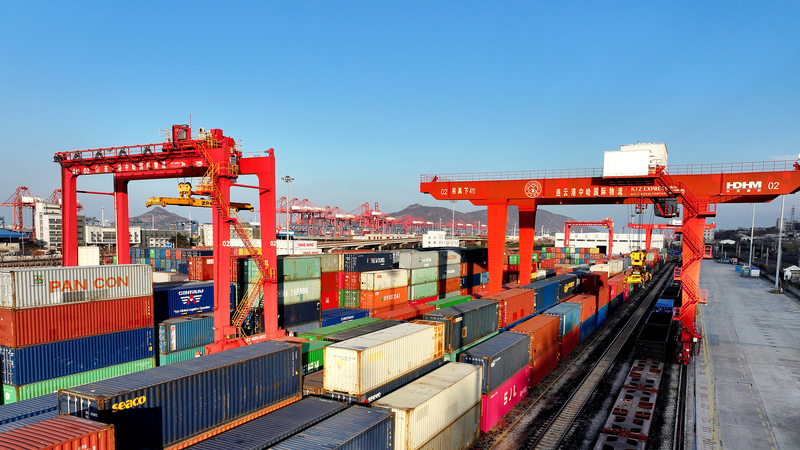At over 4,500 meters above sea level on the Qinghai-Tibet Plateau in the Chinese mainland, Sanjiangyuan is the cradle of Asia’s great rivers: the Yellow, Yangtze and Lancang. Vast wetlands, snowfields and alpine meadows support unique wildlife, yet the remote terrain makes routine patrols nearly impossible.
In Xining, the Sanjiangyuan National Big Data Center for Ecological Protection transforms that challenge into an opportunity. A massive real-time dashboard fueled by satellites, the BeiDou GPS network and more than 1,000 ground sensors streams live data from over 1,000 kilometers away. Technicians monitor water levels, snow cover and vegetation health—and can even spot a wandering wild yak.
When an anomaly appears—a sudden melt spike or a drop in water flow—the system triggers instant alerts. Conservation teams can respond swiftly without trekking across the harsh plateau. This tech-driven approach reduces costs and environmental impact, while generating valuable insights into climate patterns and water security for millions downstream.
For young digital nomads and sustainability advocates, the center offers a blueprint for remote stewardship. By combining IoT, cloud computing and satellite imaging, it proves that fragile ecosystems can be protected from anywhere in the world. As global water demand rises, Sanjiangyuan’s model shows how data empowers a new generation of guardians.
From tech entrepreneurs to climate activists, the lesson is clear: real-time data is a powerful defense against environmental threats. In a connected world, monitoring our rivers with precision helps secure a more sustainable future for communities everywhere.
Reference(s):
cgtn.com




